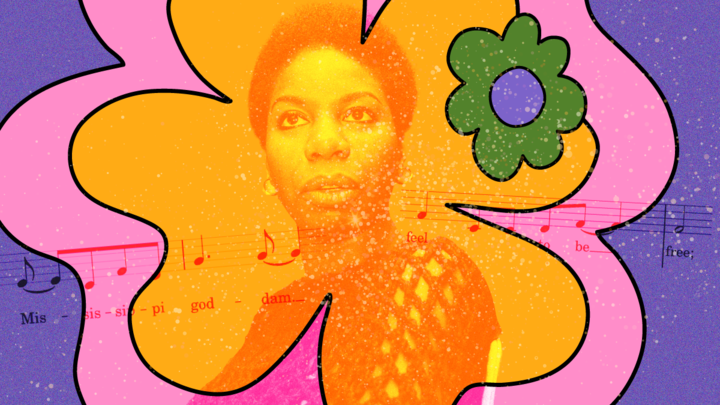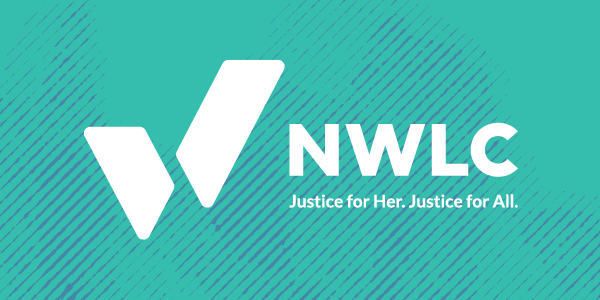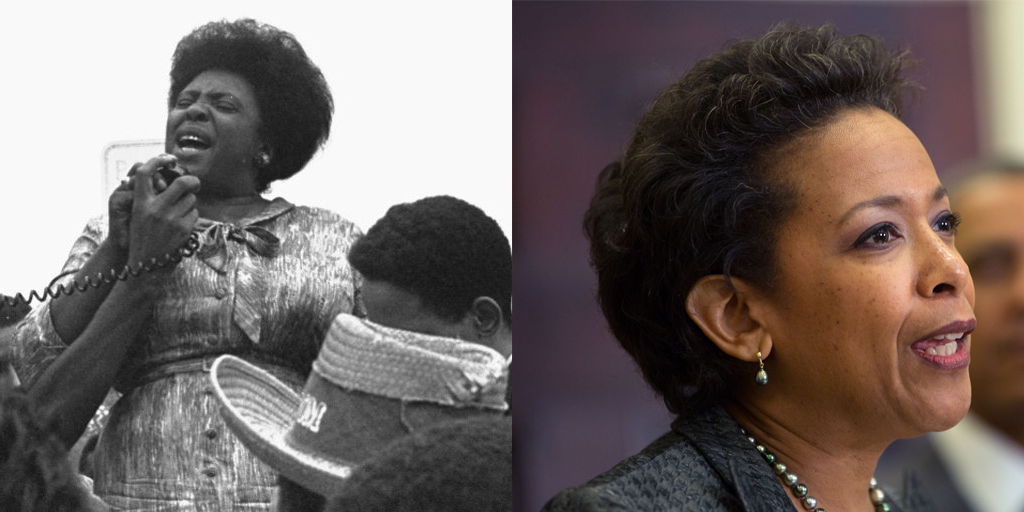Abortion rights, women of color, and LGBTQIA+ people are under attack. Pledge to join us in fighting for gender justice.
How Attacks on Women’s Health Makes Us All Losers in the War on Poverty
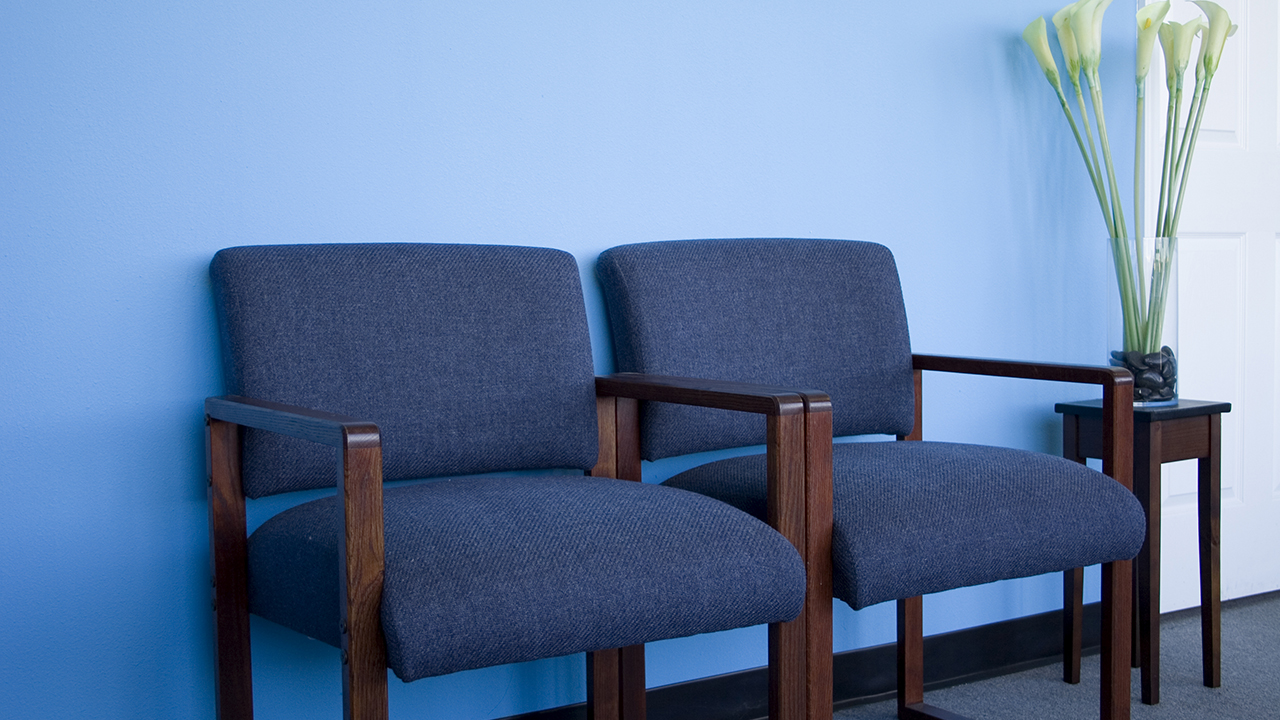
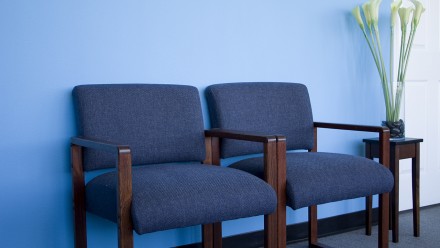 When he pushed for passage of a ban on federal funding for abortion that would later bear his name, the late Rep. Henry Hyde was not shy about his ambition to restrict all women’s ability to access legal abortion services; Hyde remarked: “I certainly would like to prevent, if I could legally, anybody having an abortion, a rich woman, a middle-class woman, or a poor woman. Unfortunately, the only vehicle available is the . . . Medicaid bill.”
When he pushed for passage of a ban on federal funding for abortion that would later bear his name, the late Rep. Henry Hyde was not shy about his ambition to restrict all women’s ability to access legal abortion services; Hyde remarked: “I certainly would like to prevent, if I could legally, anybody having an abortion, a rich woman, a middle-class woman, or a poor woman. Unfortunately, the only vehicle available is the . . . Medicaid bill.”
The passage of what became known as the Hyde Amendment signaled the launch of a systematic anti-choice campaign to chip away at the legal abortion secured in Roe v. Wade by restricting access for women who rely on federally-funded programs for their reproductive health needs, particularly low-income women.
For low-income women who are impacted by Hyde’s ban on federally-funded abortion services in the Medicaid program (and who do not live in states that use local funds for abortion)—the cost of abortion makes the right essentially unattainable. An abortion procedure can range up to around $1,500, which is beyond the means of many low-income women who are struggling to make ends meet in a workforce where wage inequality and gender discrimination leaves them too often trapped in poverty.
In fact, the wage gap leaves women paid considerably less than men—typically, 80 cents to every dollar that men are paid in fact. For women of color, the wage gap is even larger—with African-American women typically paid only 63 cents for every dollar paid to white men. Women are also overwhelmingly represented in minimum wage work—making up two-thirds of the minimum wage workforce. In 2015, women’s poverty rates were higher than men’s, with one in eight women living in poverty. So, the high cost of abortion means trying to make the tough decision between paying rent or paying for an abortion and the Hyde Amendment makes this decision even more difficult for low-income women and their families.
Because poverty rates are higher among women of color, it is women of color who disproportionately encounter cost obstacles to obtaining abortions. Therefore, the Hyde Amendment works exactly as anti-choice proponents intended—by undermining the fundamental purpose of reproductive rights—and leaves only those with financial privilege the ability to privately exercise a right that has been publicly demonized.
Limiting lower-income women’s access to abortion and other reproductive health services negatively impacts their economic security, and that of their families. For example, the decision of whether and when to have a child impacts a woman’s financial well-being, job security, workforce participation, and educational attainment. Undermining women’s access to health care has even extended beyond abortion to attempt to block access to other critical reproductive health services, including family planning services under the Title X program. This undermines the ability of women to make informed decisions for themselves and their families.
The end of this month marks the 40th year that the Hyde amendment has been in place. It’s time to end the Hyde Amendment and ensure that more women are able to meaningfully access their legal right to abortion. We’re excited to work with leading advocates like All Above All, which is spearheading the movement to end Hyde, to ensure that all women, regardless of income, are able to access the reproductive health services they need and secure employment, educational, and economic well-being that follows.

